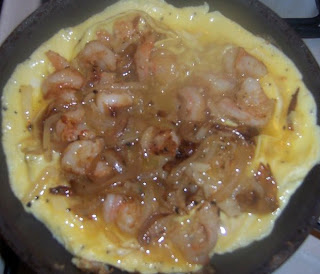Lasagna has a long history, the name itself dating back to the Greeks “lasagnum”, technically it is a casserole which refers to a recipe item baked in the same pan it is most often served in, which is what lasagnum referred to the baking form itself, over the centuries the casserole evolved and at some point the name was revisited and lasagna we know today was born, by this point two sauces in particular were associated with the casserole béchamel and Bolognese (sometimes referred to as a stew/ragu) which traces its roots to Bologna in the northern region of Italy, in this incarnation it had become quite popular all over Europe and is still enjoyed pretty much that same way to this very day
To assemble lasagna is not complicated at all, basically pasta sheets placed between alternating layers of sauces béchamel and bolognaise finished with cheese on top, that said there are countless takes on the classic dish including the American or vegetarian variations
Tip: One of the things I typically do when I work is make a lot of base sauces for use in whatever dish I am preparing, as I always like to have sauce on hand if I need it for a last minute thing, I normally make 2 to 3 time what I need such as in the case of sauce béchamel for example used in this dish here, also typically used for soufflé and when time is a factor a great way to make the best use of it
Shopping List
Sauce béchamel, recipe follows
Sauce Bolognese, recipe Chef Mik’s Pasta Bolognese… with Chicken
1 portion pasta recipe
Mozzarella cheese
Parmesan cheese
My Mad Method
One prepared recipe pasta, rolled out into full sheets
1 liter sauce bolognaise divided in 2, 1 liter sauce béchamel divided is 3
I am using sauce mornay in place of béchamel which is basically the same sauce the addition of cheese
Start by adding one third of the béchamel sauce
Add two pasta sheets
Add half of the bolognaise
Add two more pasta sheets





















































